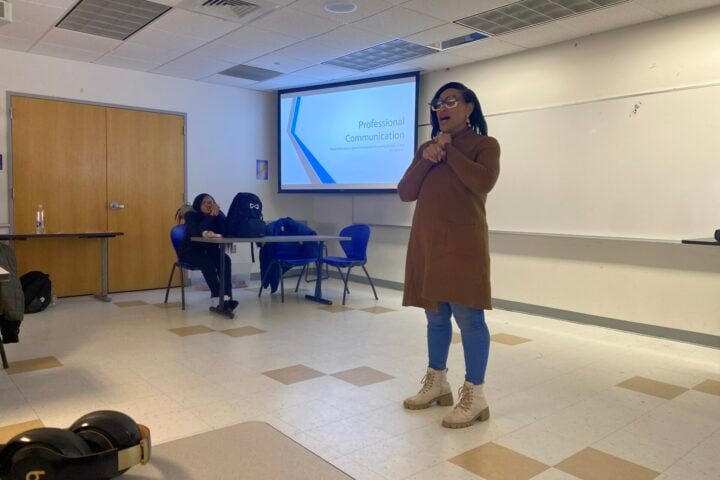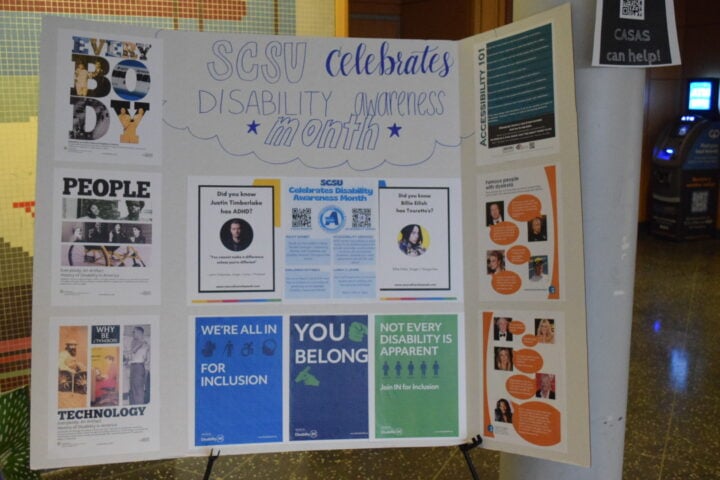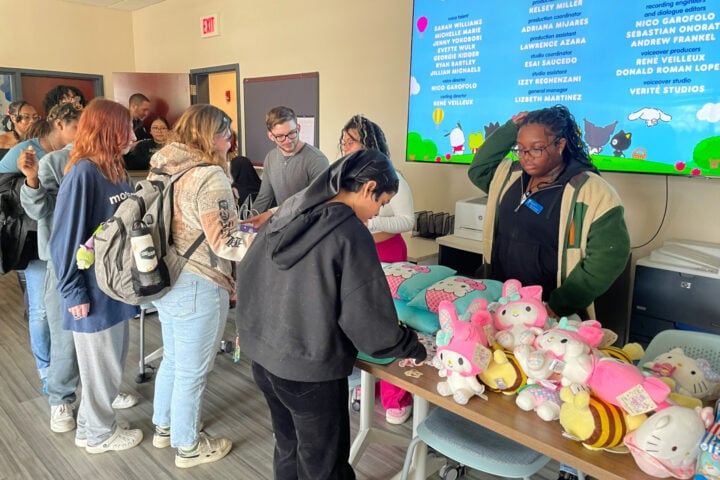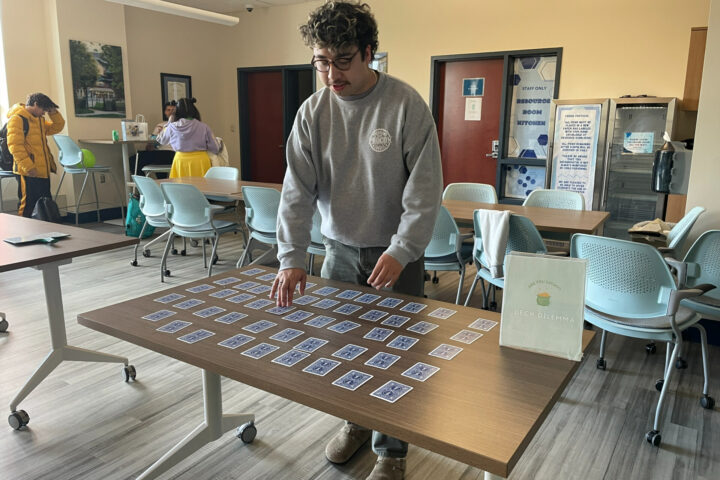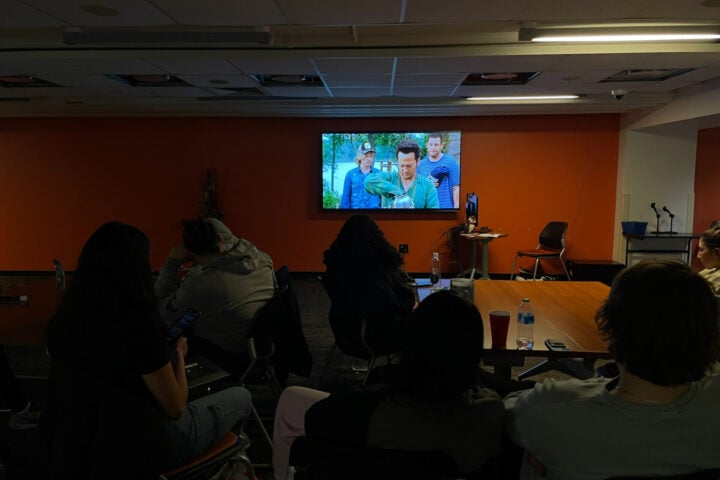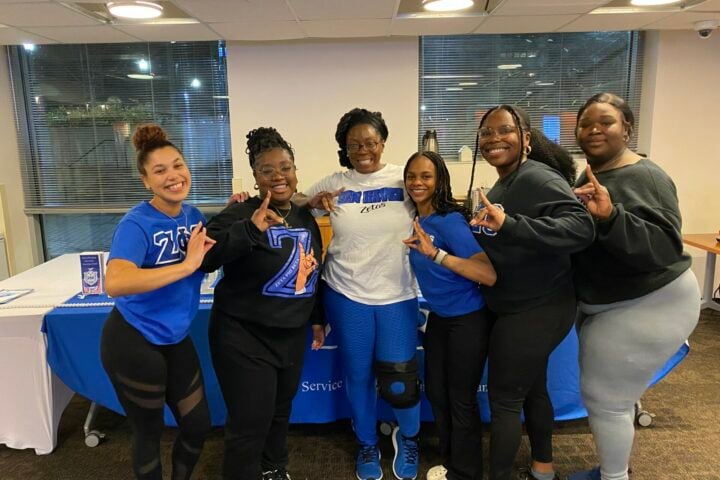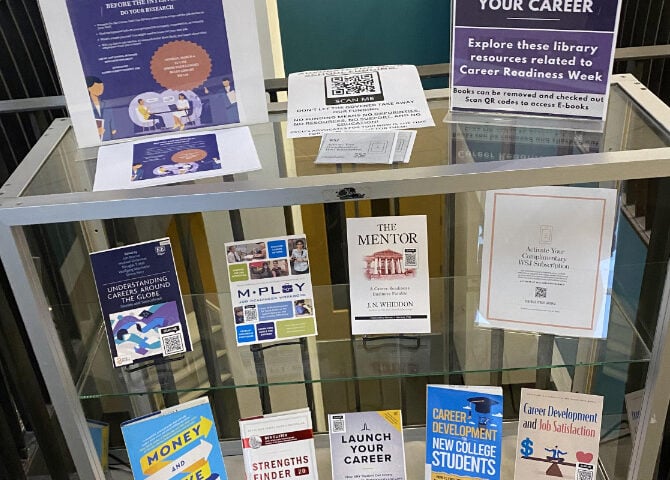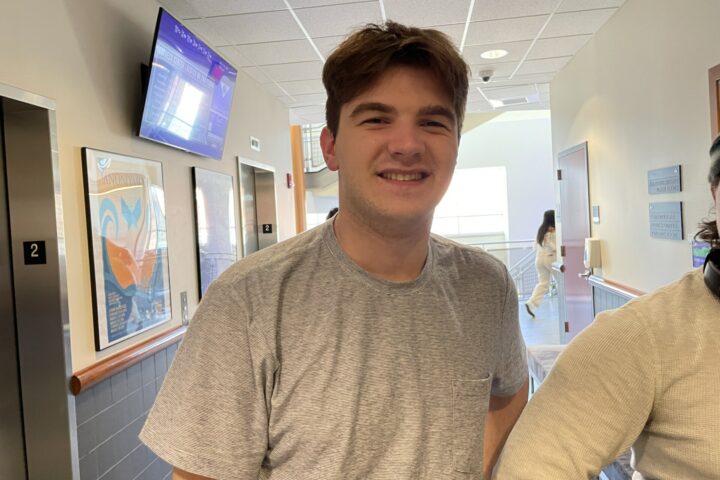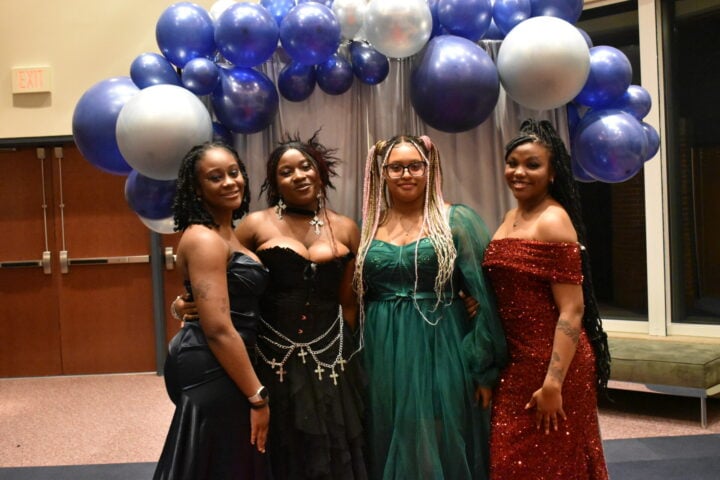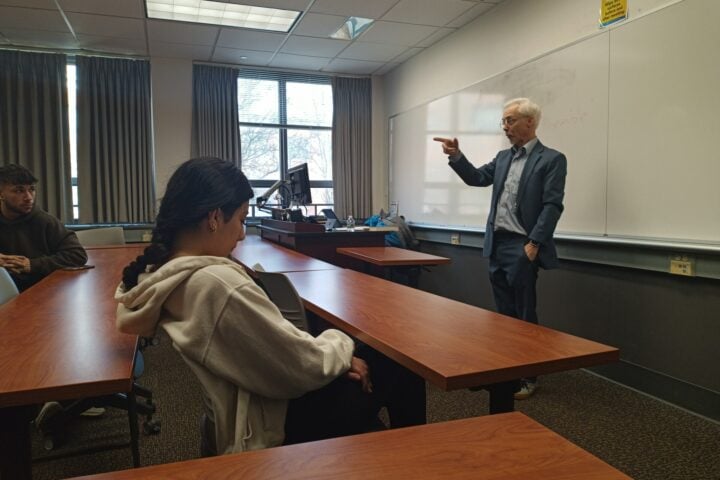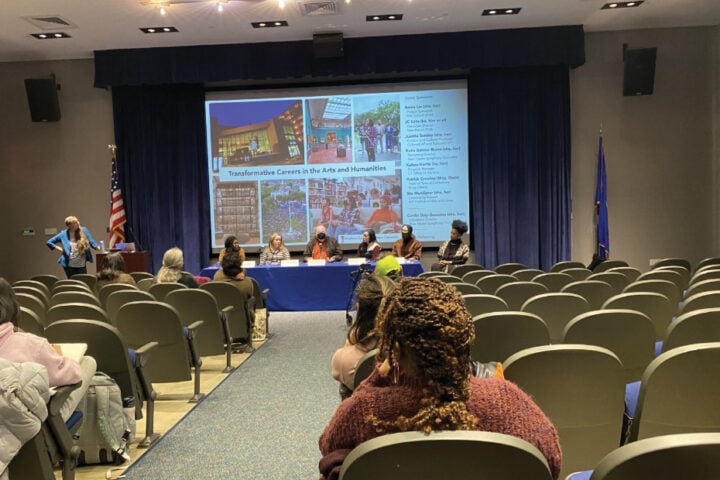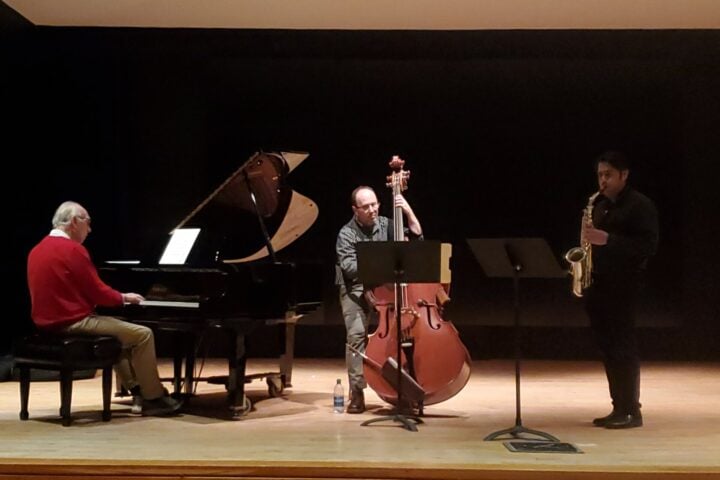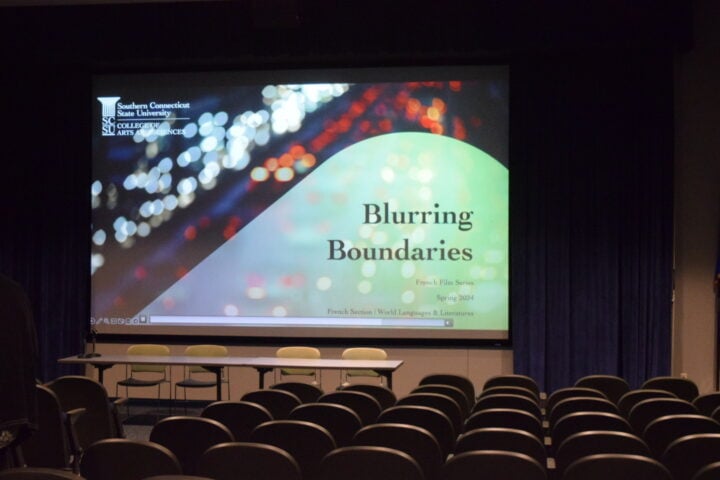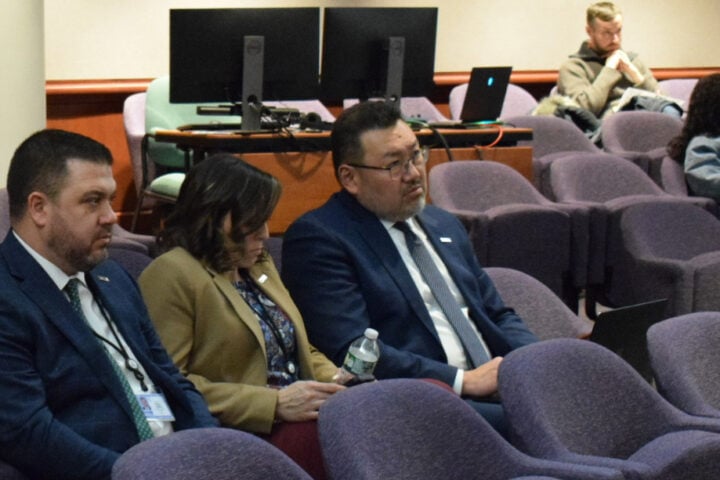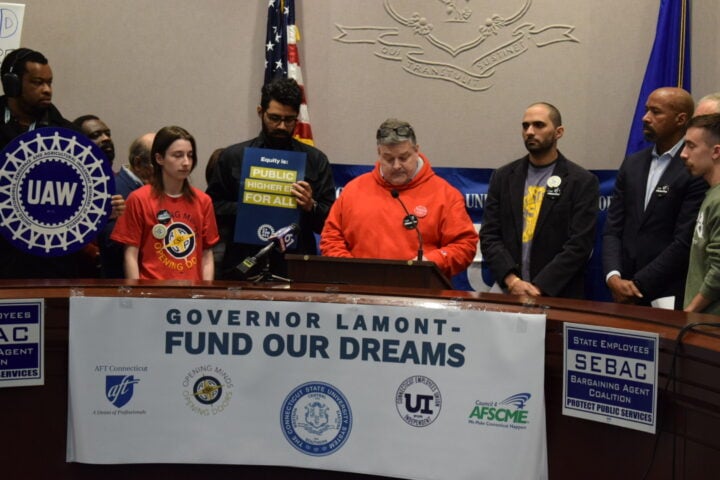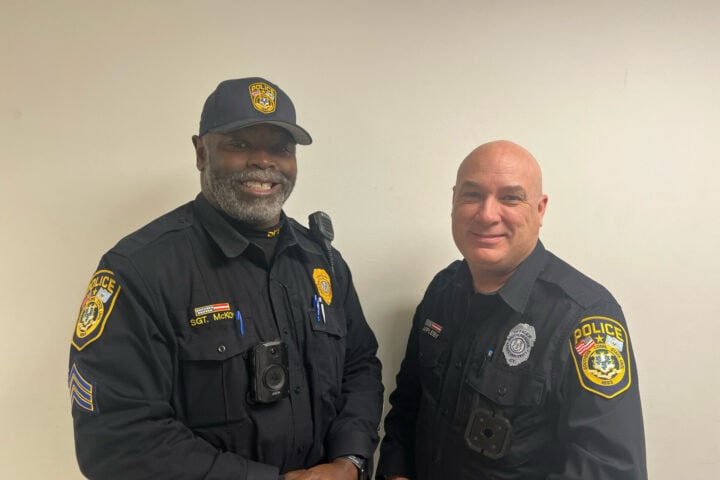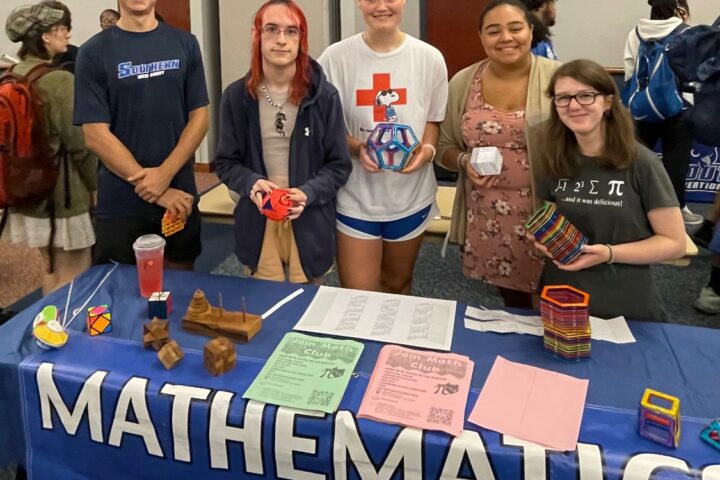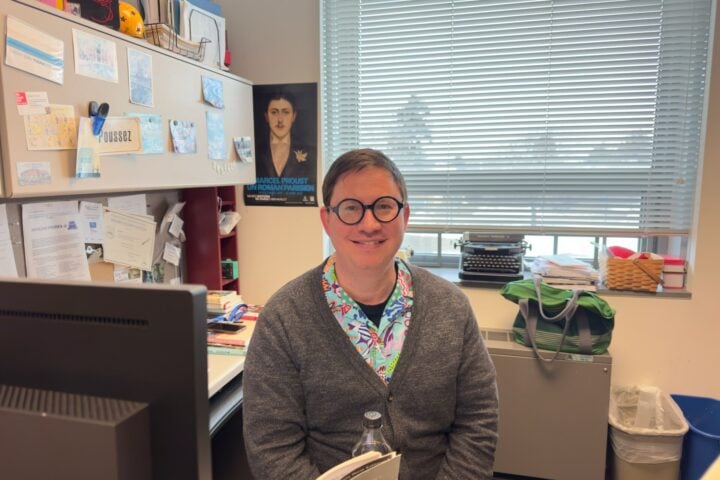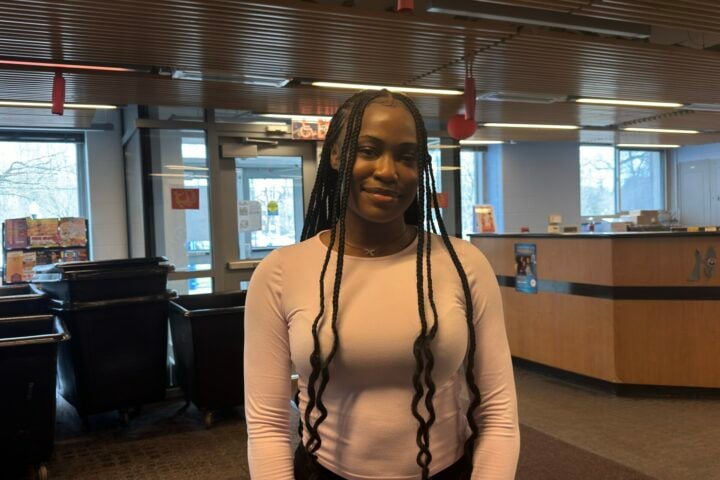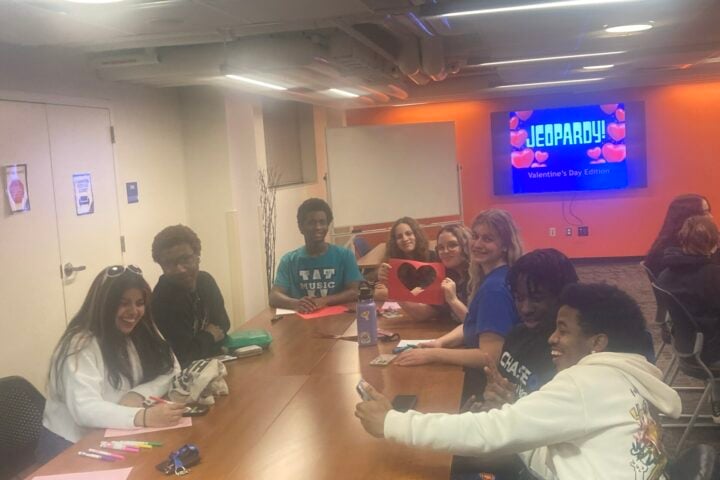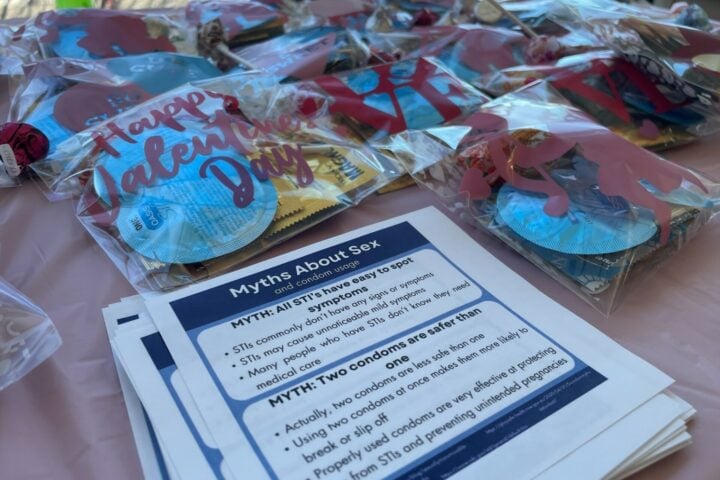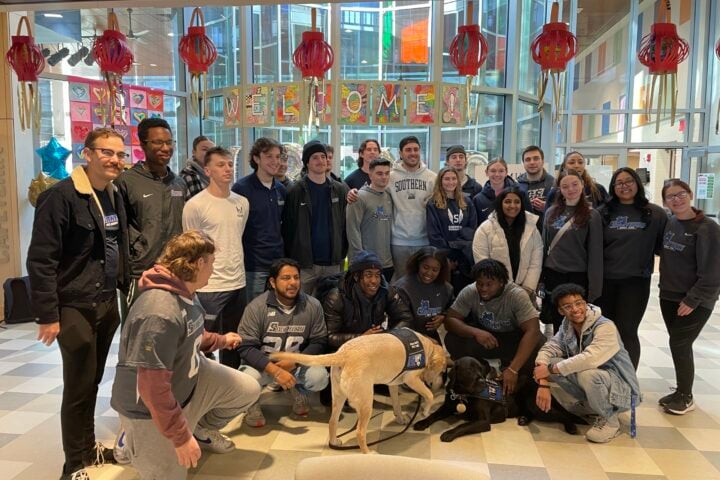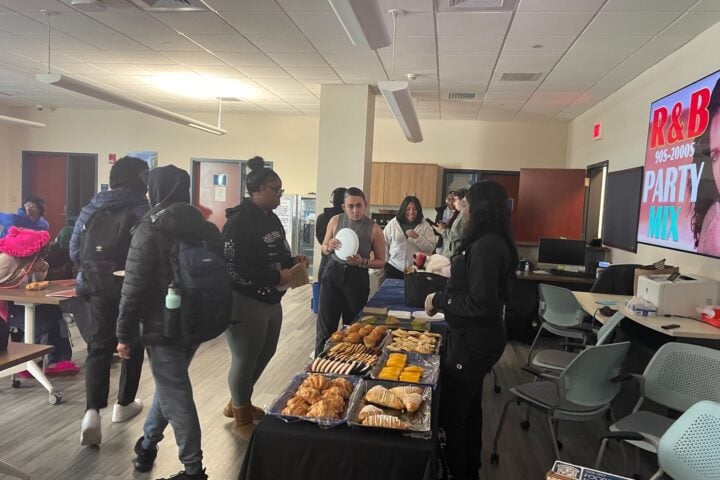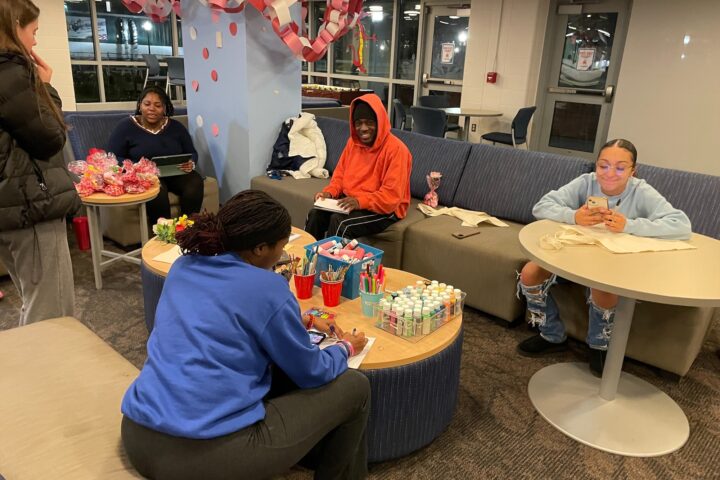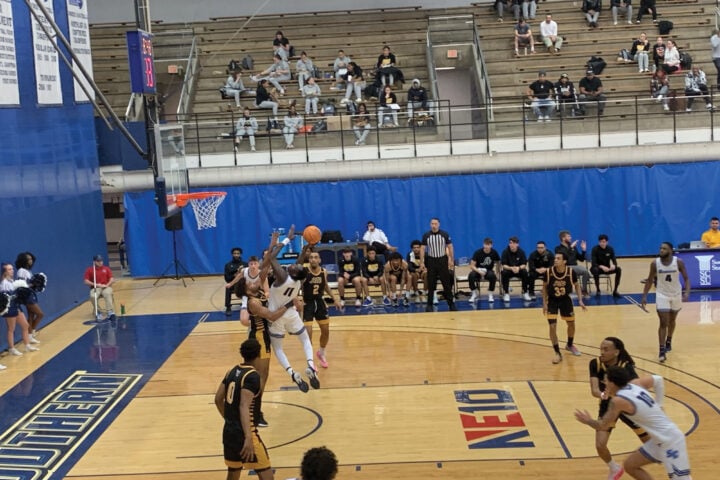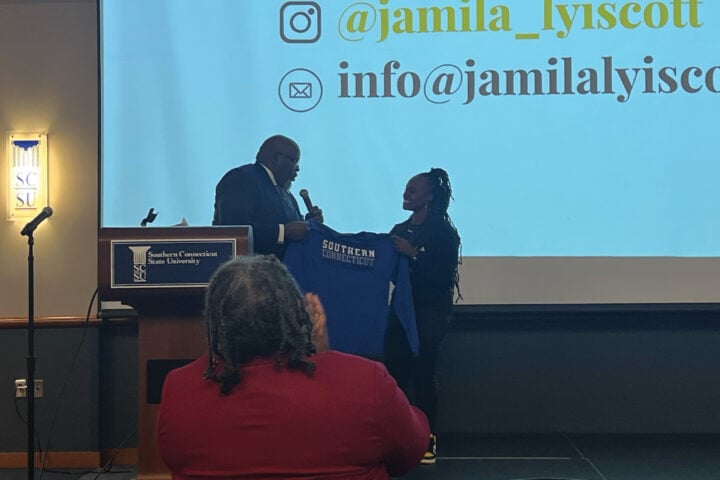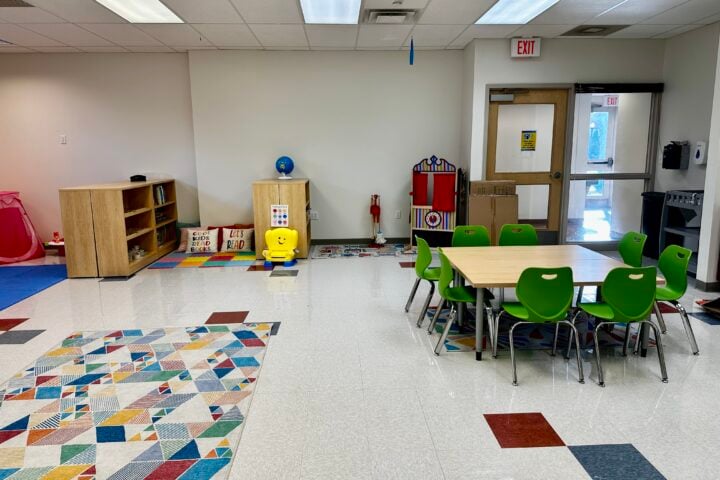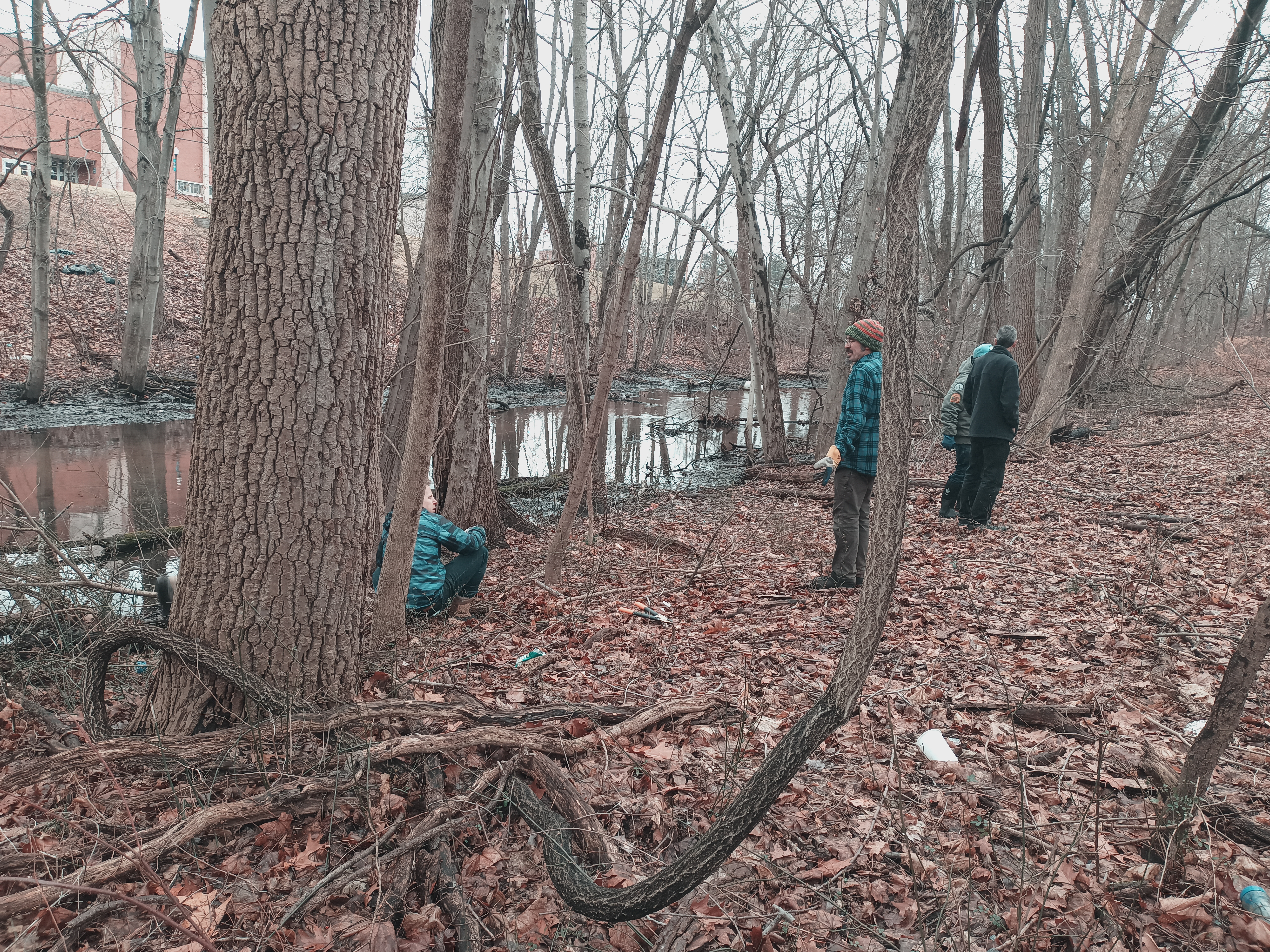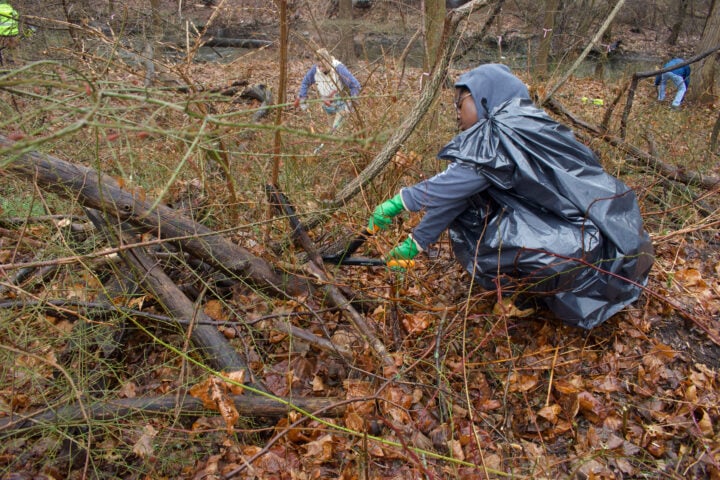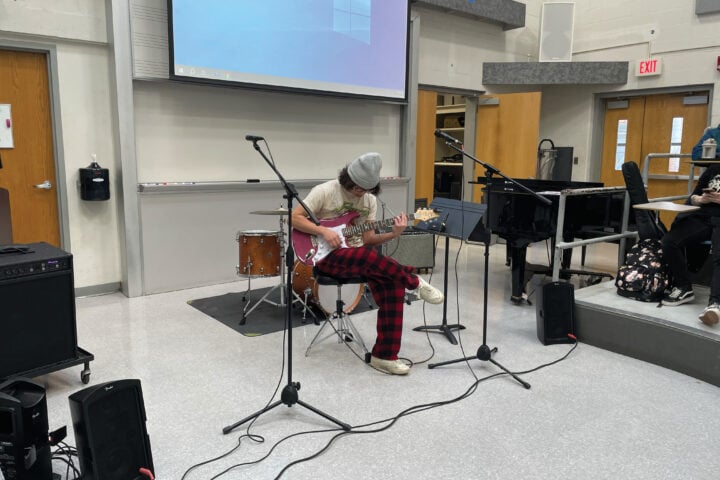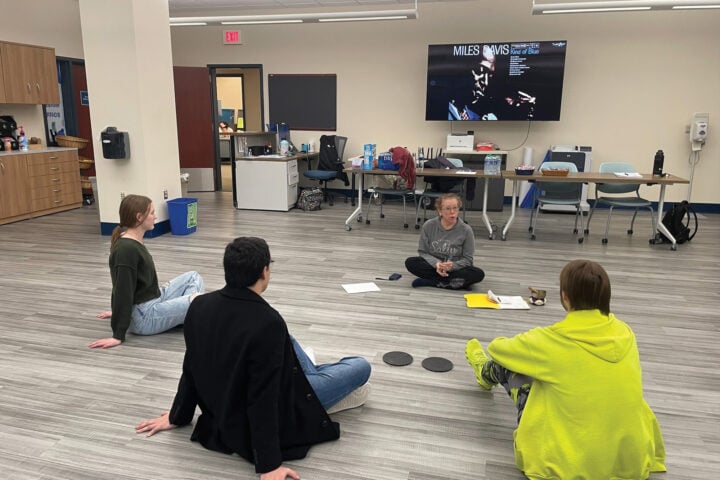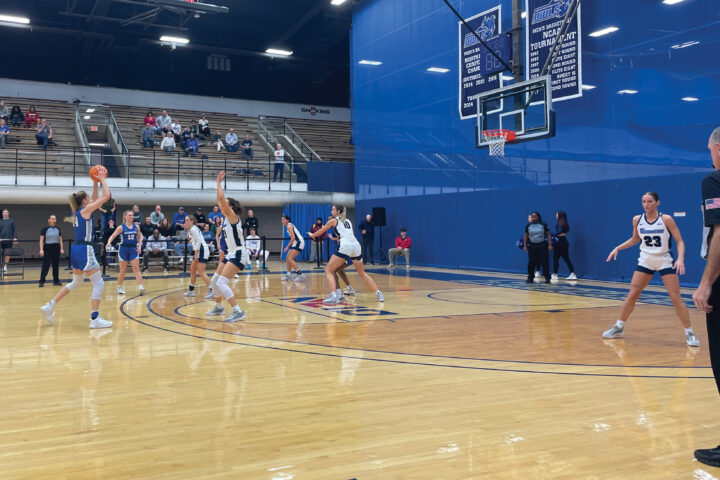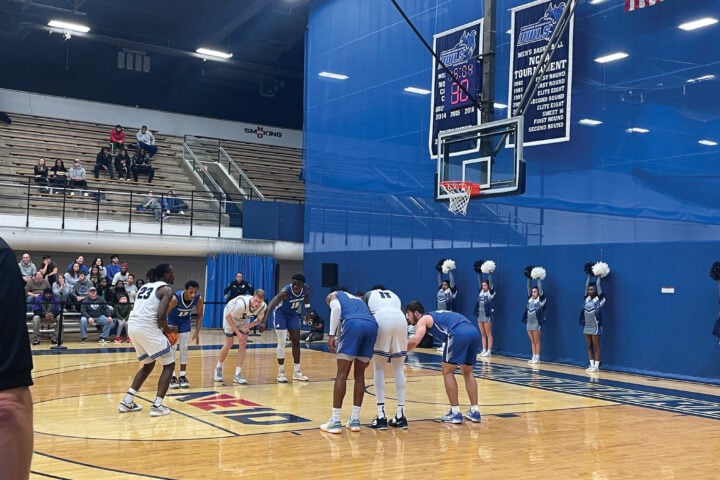Jeniece Roman – General Assignment Reporter
Facilities Operations will install all gender signs on single use bathrooms on the Southern Connecticut State University campus.
“It’s important that the school is recognizing that it’s a separate need and with the need; the signage changed. We didn’t have a petition or anything, it just needed to happen and it happened,” said Eleanor Higgins, president of Prism Club.
The initiative began with a student affairs committee, with the Assistant Director of Student Conduct & Civic Responsibility, Jenna Retort, the Vice President of Student Affairs, Tracy Tyree, a former intern and a former hall director.
According to Retort, the Sexuality and Gender Equality (SAGE) Center has been working with the Office of Student Affairs to implement the sign change.
“We started exploring what other universities and communities were doing in terms of their signage on single use bathrooms,” said Retort. “So that’s where we’re starting cause that’s, you know, really easy to identify those spaces and make more inclusive signage to represent all genders.”
Higgins said students spoke about the request in the LGBTQ plus committee of the President’s Commission on Campus Climate and Inclusion, and going onto say it was important for the students that the school is recognized their need and make a change.
“We have trans members of our organization who have requested over and over again, signage that was appropriate for the bathroom,” said Higgins.
Tracy Tyree, vice president of Student Affairs, has been working with facility operations and has identified 28 single use bathroom spaces on campus. She said the Student Affairs office paid for the signs, the facilities operations office ordered them and will be in charge of distributing them, and stated she spoke with Facilities Operations about various options in the process of installing.
“These are incremental steps toward creating a more inclusive community but none is insignificant. Each step that we take I think is important and it’s important that we recognize that we’re not done,” said Tyree.
According to Robert Sheeley, Associate Vice President for Capital Budgeting & Facilities Operations, the change in signs from male/ female to all gender will occur on the 28 single use restrooms around campus; these signs will be installed over the next 15 to 30 days.
“I think some of it’s a matter of following up with kind of where we are in the process with facilities and acquiring funds for that. It’s kind of comprehensive and it takes a number of people,” said Retort.
Tyree said signs with the image of half man and half woman did not seem right and that it was not about not having a gender, but more about being able to have a comfortable living environment however one identifies.
“It’s not really a change of policy,” said Tyree. “It’s really just a change in message because that’s always been true it’s just that the signage indicated a gender binary.”
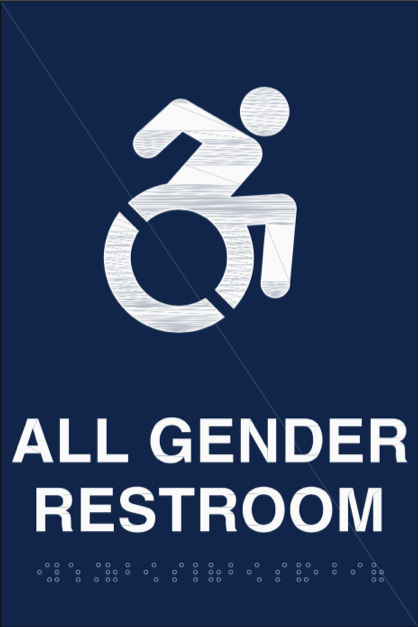
Retort said the picture of a man and a woman on single use bathrooms is a gender binary and does not represent the breadth of how people identify. She said bathroom signage is one of many student needs and it will support the trans community and gender non-binary students at Southern.
“I think some of the biggest challenges, it takes a number of people to make these decisions and we’re always trying to work on a number of issues. We’ve come a long way as a center,” said Retort.
Tyree stated the major challenge in the initiative was to choose a sign that was inclusive to everyone and included students of all genders and capabilities. A wheelchair symbol, braille lettering, uniformity, facilities operations requirements– all are things that needed to be considered, according to Tyree. The next step, she said, once the signage is up, would be to have a map of where these restrooms are.
“As a queer individual I shouldn’t have to go searching for these little grains of rice. It should be made available to me; it should be in my face,” said Higgins.
According to the President’s Commission on Campus Climate and Inclusion: Sub Committee Year End Reports and Recommendations, Southern is working towards becoming an official LGBT-friendly Campus through the Campus Pride organization.
“One day we might be able to move beyond single use rest rooms,” said Tyree. “But right now that’s the best place to take a restroom and just identify it a designated gender inclusive space.”
The goal of the committee is to further Southern into becoming an LGBT friendly campus and Higgins said that information on gender inclusive bathrooms should be made public and students should not have to ask for it.
Currently, the registrar’s office allows students to use preferred names and campus housing provide the option of a gender inclusive living space, Tyree said, in an effort to create a gender inclusive community with shared bathrooms in residence halls.
“The bathroom signage is such a huge thing and the gender inclusive housing has grown in the past year and it’s more accessible and that’s fantastic but there’s always more steps to be taking,” said Higgins.
Now that there is gender inclusive housing and signage for single use bathrooms, Higgins said she looks forward to the next step: multi-stalled gender inclusive bathrooms.
“It’s definitely about changing the dialog,” said Higgins. “Acknowledging the trans students and saying you deserve to use the bathroom for you.”
Photo Courtesy: Tracy Tyree

























